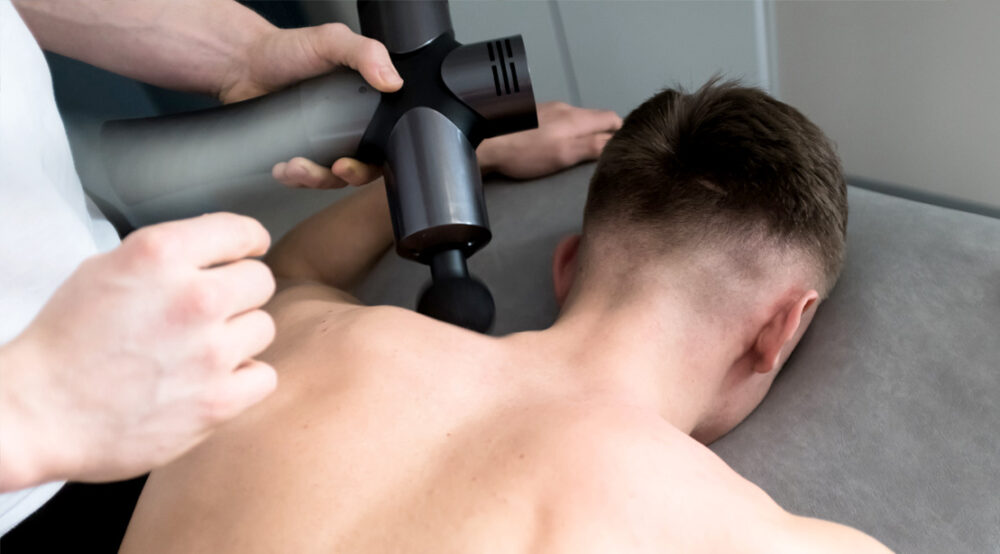Playing golf is becoming popular now not only on older generations but also with millennials. It is an awesome pastime, but also offers a wide range of benefits. It is not only a competitive sport but can be a great way to socialize. Golfing keeps your mind alert and provides you vital human contact that is good for your psyche. Walking and swinging the golf repeatedly can be an equivalent of a full-body workout. Starting your golfing journey is inexpensive and easy. Most golf clubs offer to pay as you play at reasonable prices, however, you still need to learn some basic skills and get the right gear to help you.
One vital thing is getting the right driver for your golf game. The driver can make or break your game. Getting the driver is not always about the most expensive one, the lowest center of gravity, or the highest Moment of Inertia. If you want to get the best driver, then here are a couple of things you need to remember when you pick the right driver for your golf game.
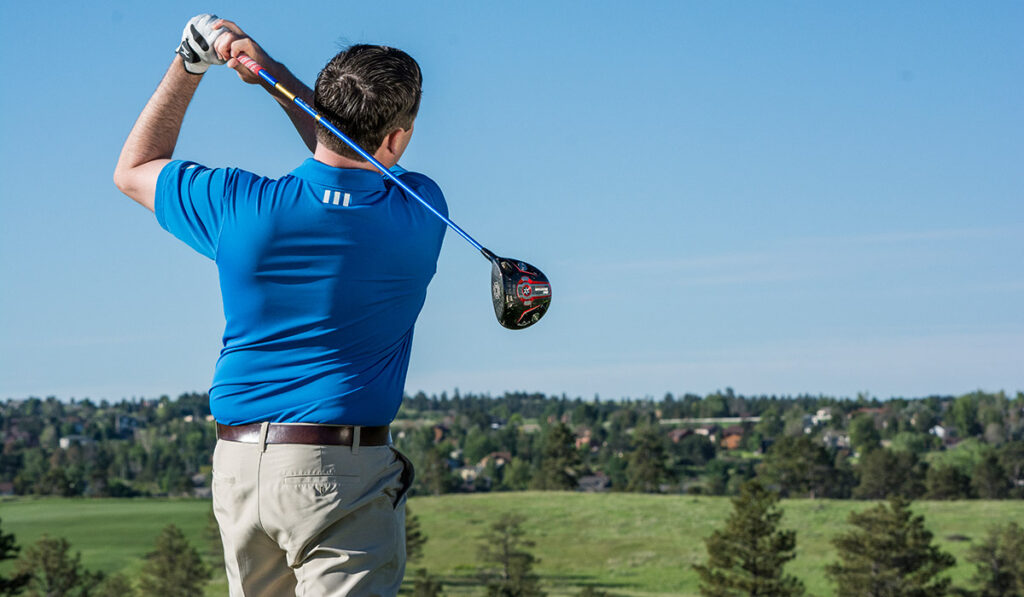
Skill Level
You have to consider your skill level as it is the first step in understanding what you need. Golf drivers are different for everyone, some golfers like to shape their shots and have full control over the ball, some new golfers are still looking for the technique they want through a certain golf driver. This is a big consideration in choosing the type of driver to buy.
Beginner golfers usually just want to be able to make good contact with the golf ball and hit it straight, putting the golf ball in the hole is the goal. This is why a driver with a large clubhead with a big sweet spot, a high loft, and comfortable shaft are ideal for beginners. For intermediate golfers, you need a driver that will produce long, straight drives with a little bit of workability included in the arsenal. Lastly, for advanced golfers, they want drivers with great control and will give them sure shots and a gold driver with a good feel.
Loft
Loft refers to the amount that the face of the club slopes back. Driver loft usually ranges from 8.5° to 15°. You should get a loft between 14 degrees and 20 degrees if your swing speed is below 85 miles per hour. If your swing speed is between 85 miles per hour and 94 miles per hour. You should get a loft with 10 degrees and 11 degrees if your swing speed is between 95 miles per hour and 104 miles per hour.
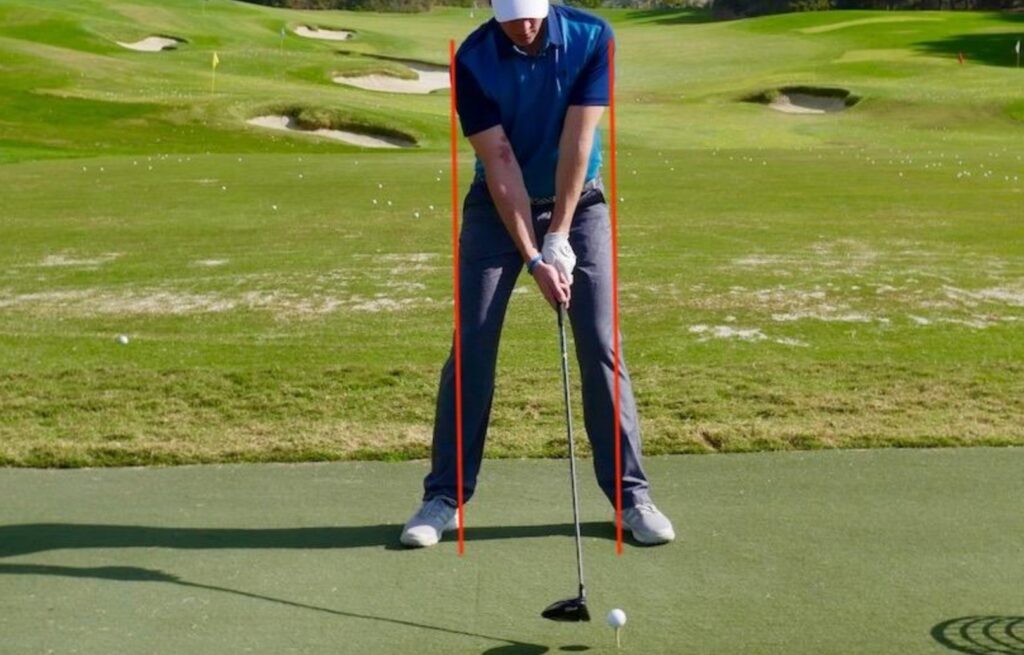
Length
The length of drivers is not standard, every manufacturer produces different models with different lengths. Golf driver lengths are commonly 43.5” to 47” but the maximum length allowed is 48”. There is a relation to the length of the shaft to the speed of the head. The shorter the shaft the slower the head will travel. However, if you hit off-center, it will decrease the distance. Moreover, if your shaft is long, it will be hard to control or hit the ball squarely. You should choose the length of your driver that will allow you to hit consistently and accurately.
Materials
There are different type of drivers
- Titanium – it is one of the popular choices since its tough, flexible, and powerful. Alloys are added to change weight and strength.
- Stainless Steel – stainless steel is commonly used since its cheap and very easy to mold into different size and shape
- Aluminum – it is light compared to stainless steels, it has flexible material, however not as durable as the former.
- Carbon Graphite- they are not a common choice, but they are very lightweight. They are usually incorporated into other materials and the best choice is replacing the top shell on the head. It can also be a bit expensive.
- Carbon Steel – it is more likely used by an experienced golfer
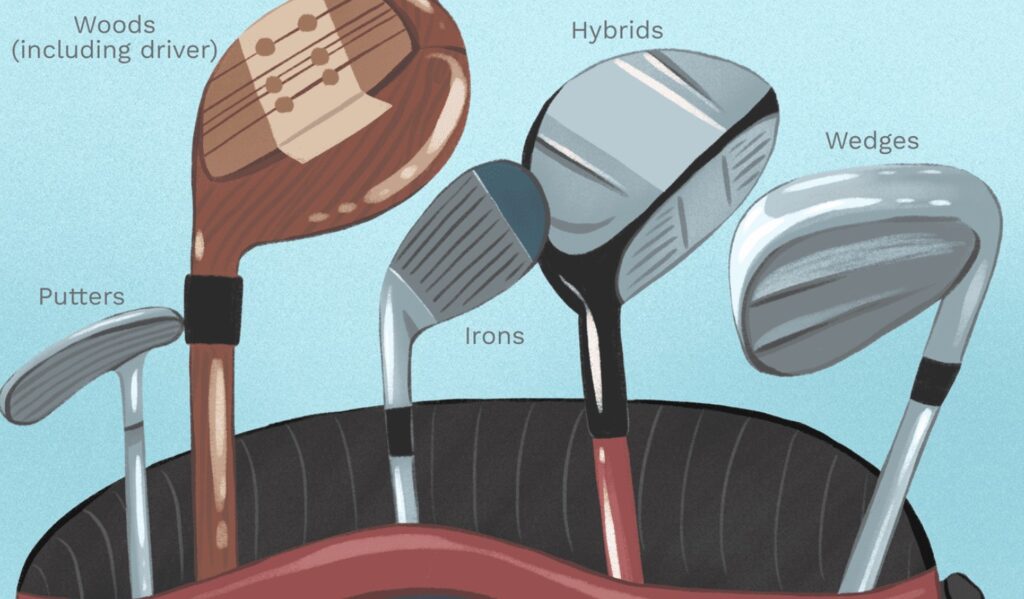
Shaft Flexibility
Shaft flexibility refers to how much it will bend upon the impact with the ball. Extra stiff (X), Stiff (S), regular (R), senior (A), and ladies (L) are five flexes categories. You should choose a stiffer shaft if you have fast swings, and get a more flexible shaft if your swings are slower. The flex you choose will help your shot’s trajectory, accuracy, and distance. Shafts are commonly made of steel or graphite. Steel shafts are heavy and stiff but it is cheaper than graphite.
Adjustability
After you consider all the things above, there are a few adjustments that you can do to your driver as you up to your game. Some drivers can be adjusted based on your preference. You can adjust your driver’s loft, weight placements for the center of gravity, the Moment of Inertia launch angle, and spin.
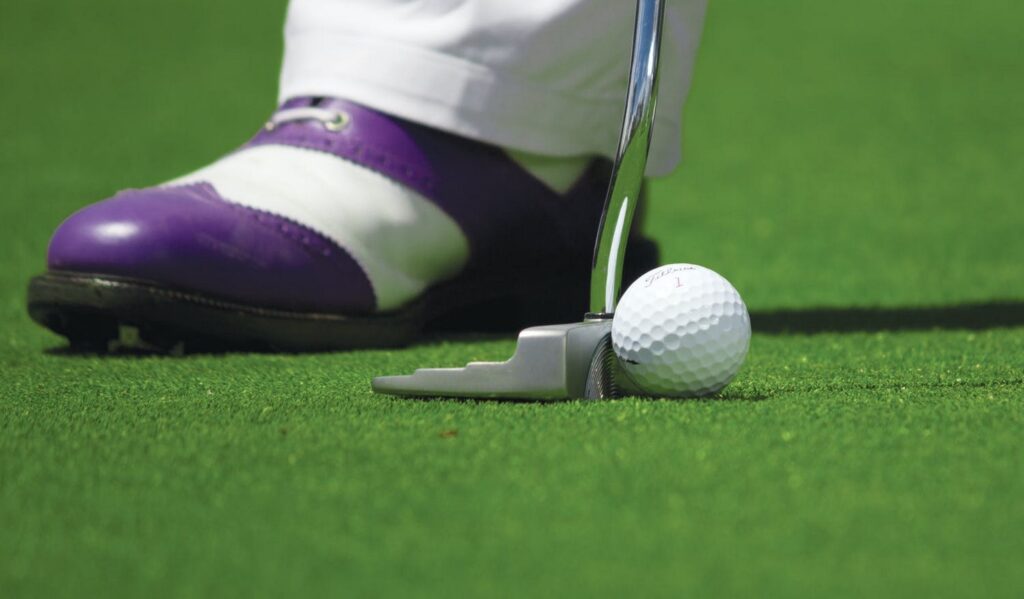
Testing
The final thing for you to do is to test out the club; this is probably actually the most important thing to do. You can check online shops or golf shops that have good return policies or will allow you to try out the clubs before you buy, you’ll quickly learn if it’s a good fit for you. Many shops have features and specs that can help you save money in the long run. When testing the club you should head to a driving range and practice with 50 balls, for example, this will be a long enough time to work out if the driver is the right choice for you.
As said at the beginning of this article, the driver will make or break your game. Getting an airway splitting first shot can make you score well. But fail or off shot can make your confidence low or ruin your technique. This is why choosing the right driver is a delicate task. With all of these considerations, you are now able to get the most suitable driver for you. You just have to make sure that you understand all of the aspects of a driver so you can make the right choice and be fully informed and knowledgeable about what you are getting.



